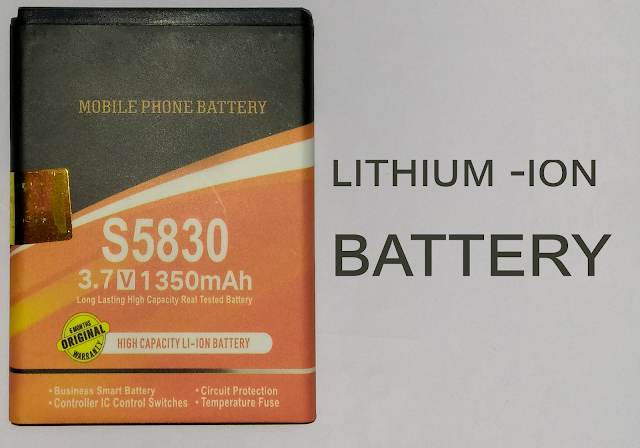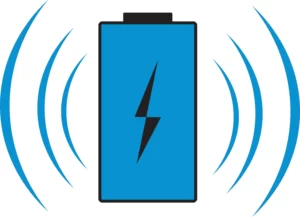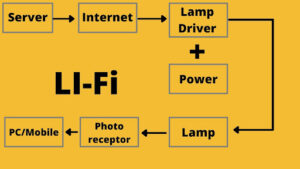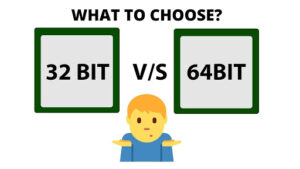How do lithium-ion batteries work
Nowadays Lithium-ion cells are the most commonly used cell in portable devices like smartphones, digital cameras, laptops, and even torch lights. The main reason for using these cells are,
i)
They can
be very small in size.
They can
be very small in size.
ii)
Have more
lifespan than other cells.
Have more
lifespan than other cells.
iii)
Almost no maintenance
cost.
Almost no maintenance
cost.
The world’s most technologically advanced car
company Tesla is also using the Lithium-Ion cell because they are not using
Internal-Combustion engine. Instead, they are using induction motors to wheel
up to their cars. And the main power source of these induction motors is the
Lithium-Ion cells.
company Tesla is also using the Lithium-Ion cell because they are not using
Internal-Combustion engine. Instead, they are using induction motors to wheel
up to their cars. And the main power source of these induction motors is the
Lithium-Ion cells.
Induction motors are far superior to the internal combustion engine and they are cheaper too. The induction motor has the
capability of higher torque than the IC engine. That’s why Tesla is the world’s
quickest car.
capability of higher torque than the IC engine. That’s why Tesla is the world’s
quickest car.
If we take a battery from Tesla, we will
observe that it is cylindrically shaped like AA batteries used in wall
clocks. But bigger in size. Breaking down the battery we can see there are different
layers of a chemical compound inside it. Tesla’s Lithium-Ion battery technology
works on an interesting concept, associated with metals called the ELECTROCHEMICAL POTENTIAL. The tendency of losing electrons of a metal is called ELECTROCHEMICAL POTENTIAL.
observe that it is cylindrically shaped like AA batteries used in wall
clocks. But bigger in size. Breaking down the battery we can see there are different
layers of a chemical compound inside it. Tesla’s Lithium-Ion battery technology
works on an interesting concept, associated with metals called the ELECTROCHEMICAL POTENTIAL. The tendency of losing electrons of a metal is called ELECTROCHEMICAL POTENTIAL.
The very fast cell developed by ALEXANDRA VOLTA 200 years ago was based
on the concept of ELECTROCHEMICAL
POTENTIAL
on the concept of ELECTROCHEMICAL
POTENTIAL
A GENERAL ELECTROCHEMICAL SERIES
Li—————————> 3.04 V
Mg————————-> 2.37 V
Al————————–> 1.66 V
Zn————————-> 0.76 V
Fe————————-> 0.44 V
H————————–> 0 V
Hg————————> -0.24 V
Cu————————-> -0.34 V
Ag————————-> -1.69 V
F—————————> -2.8 V
In this list, we can see that Fluorine has the least tendency to lose electrons, while Lithium has the highest. VOLTA took two metals with different ELECTROCHEMICAL POTENTIAL i.e. Zinc and
Silver. He also created an external flow of electricity.
Silver. He also created an external flow of electricity.
SONY made the first commercial model of a Lithium-Ion cell in 1991. It
was based on the same concept of ELECTROCHEMICAL
POTENTIAL. Lithium has the highest tendency to lose electrons as
used in Lithium-Ion cells. Lithium has only one electron in its outer shell
and always wants to lose this electron to be stable. Pure Lithium is a highly reactive metal for this reason. It even reacts with Water and Air. Lithium is a reactive metal in its pure form, by using this trick we can operate the lithium-ion battery. But when it is
a part of Metal-oxide, it is quite
stable.
was based on the same concept of ELECTROCHEMICAL
POTENTIAL. Lithium has the highest tendency to lose electrons as
used in Lithium-Ion cells. Lithium has only one electron in its outer shell
and always wants to lose this electron to be stable. Pure Lithium is a highly reactive metal for this reason. It even reacts with Water and Air. Lithium is a reactive metal in its pure form, by using this trick we can operate the lithium-ion battery. But when it is
a part of Metal-oxide, it is quite
stable.
Assume that somehow we have
separated a lithium atom from that metal oxide. At that moment the lithium atom
is highly unstable and instantly forms a Lithium-Ion and an electron. However, Lithium
as a part of METAL OXEDE is much
more stable than the state. Providing dual pathways for the flow of electrons and
Lithium-Ions between lithium and the METAL OXIDE will result in the automatic
arrival of Lithium-Ions at the METAL OXIDE portion. During this process, we have produced electricity from the electron flow through one path. From this
discussion, it is clear that we can produce electricity from this Lithium-METAL OXIDE.
separated a lithium atom from that metal oxide. At that moment the lithium atom
is highly unstable and instantly forms a Lithium-Ion and an electron. However, Lithium
as a part of METAL OXEDE is much
more stable than the state. Providing dual pathways for the flow of electrons and
Lithium-Ions between lithium and the METAL OXIDE will result in the automatic
arrival of Lithium-Ions at the METAL OXIDE portion. During this process, we have produced electricity from the electron flow through one path. From this
discussion, it is clear that we can produce electricity from this Lithium-METAL OXIDE.
If we first separate out
Lithium atoms from the Lithium METAL OXIDE,
and secondly, guide the electrons lost from such lithium atoms through an
external circuit, we can produce electricity.
Lithium atoms from the Lithium METAL OXIDE,
and secondly, guide the electrons lost from such lithium atoms through an
external circuit, we can produce electricity.
Graphite and Electrolytes are used in a practical Lithium-ion battery. Due
to its loosely bonded layered structure, Graphite provides an ideal environment
for the storage of separated Lithium-Ions. The ELECTROLYTE between the Graphite and Metal Oxide access a guard, that allows only lithium-ion through.
to its loosely bonded layered structure, Graphite provides an ideal environment
for the storage of separated Lithium-Ions. The ELECTROLYTE between the Graphite and Metal Oxide access a guard, that allows only lithium-ion through.
The electrons can’t flow through the electrolyte, so they flow through the external circuit and reach the graphite layer. Lithium-Ions also reach the
Graphite layer base and get trapped there.
Graphite layer base and get trapped there.
Once all the Lithium-Ions
reach the Graphite sheet, the cell is fully charged. Upon disconnection of the power source and
connection of a load, the Lithium-Ions seek to return to their stable state as
a component of the METAL OXIDE. Due to this tendency, the Lithium-Ions move through the electrolyte
and electrons via the load. Thus we get an electric current through the load.
reach the Graphite sheet, the cell is fully charged. Upon disconnection of the power source and
connection of a load, the Lithium-Ions seek to return to their stable state as
a component of the METAL OXIDE. Due to this tendency, the Lithium-Ions move through the electrolyte
and electrons via the load. Thus we get an electric current through the load.
[The graphite does
not have any role in the chemical reaction in the lithium-ion cells. It is just
a storage medium for the Lithium-Ions.]
not have any role in the chemical reaction in the lithium-ion cells. It is just
a storage medium for the Lithium-Ions.]
If the internal temperature of
the cells rises due to some abnormal condition, the liquid electrolyte will dry up and there will be a short circuit between the Anode and Cathode. This can cause a fire. To avoid such kind of situation, an insulator layer
called a separator is placed between those electrodes. The separator is permeable for
the Lithium Ions because of its microporosity.
the cells rises due to some abnormal condition, the liquid electrolyte will dry up and there will be a short circuit between the Anode and Cathode. This can cause a fire. To avoid such kind of situation, an insulator layer
called a separator is placed between those electrodes. The separator is permeable for
the Lithium Ions because of its microporosity.
In a practical cell, the
Graphite and METAL OXIDE is coded
onto copper and aluminium foils. An organic salt of lithium acts as the electrolyte and it is coded onto the
separator sheet. All these sheets are rounded to the cylinder.
Graphite and METAL OXIDE is coded
onto copper and aluminium foils. An organic salt of lithium acts as the electrolyte and it is coded onto the
separator sheet. All these sheets are rounded to the cylinder.
That’s how a Lithium-Ion cell
from Tesla works.
from Tesla works.






